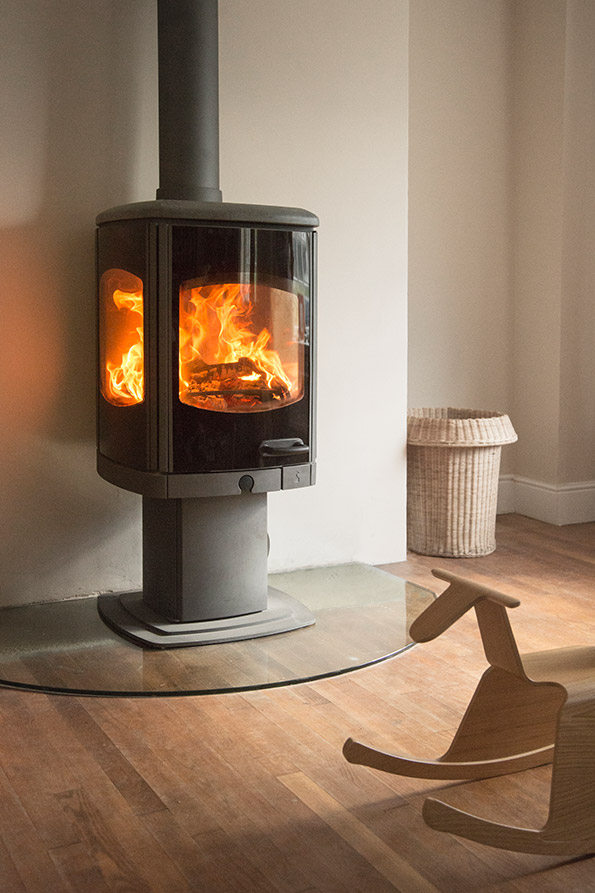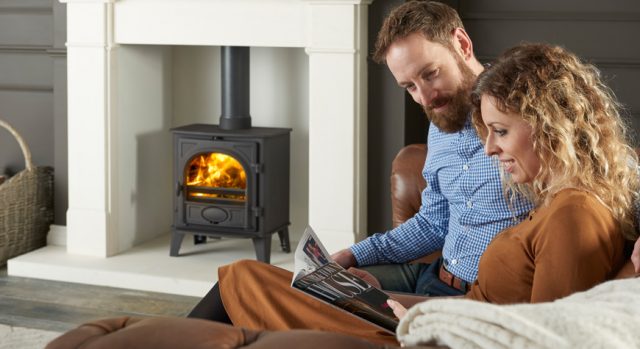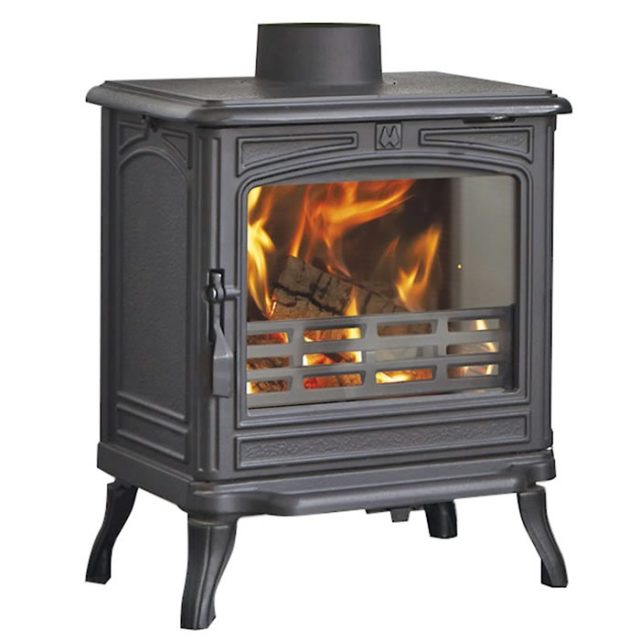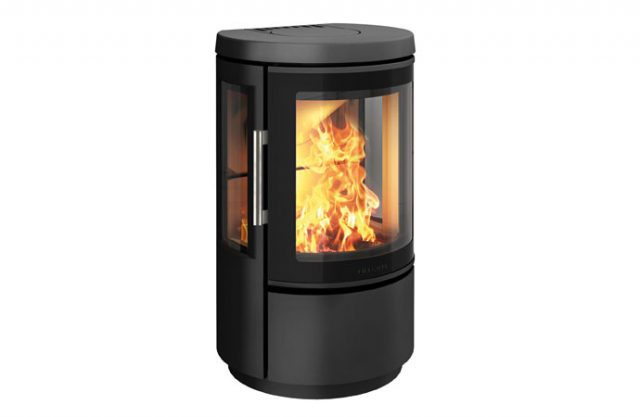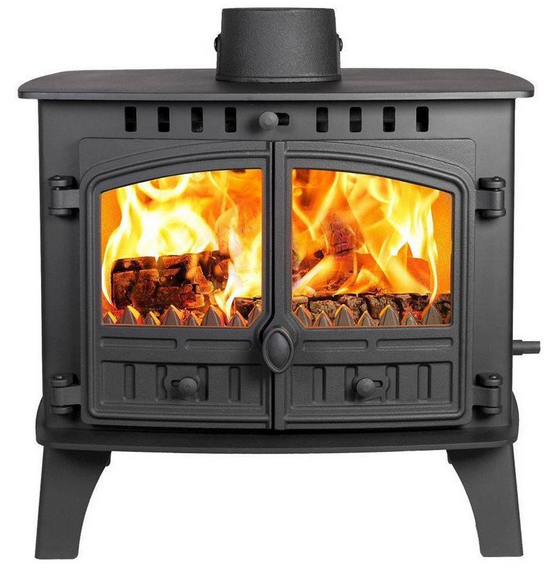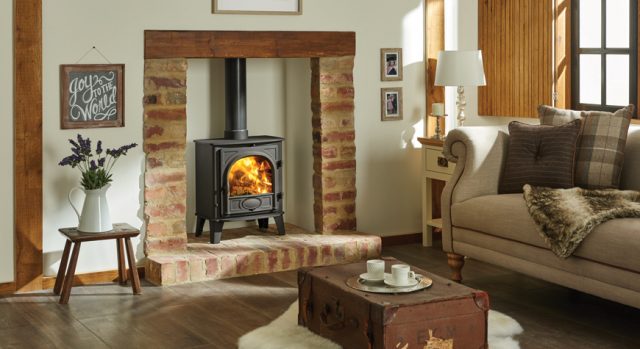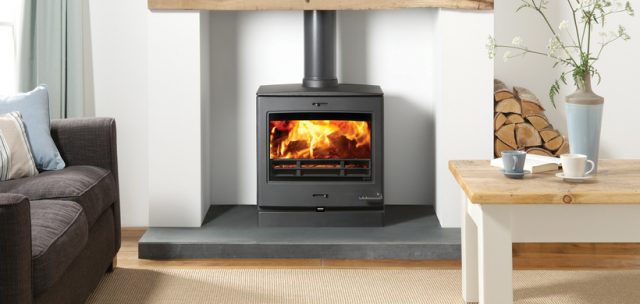The idea of buying and installing a wood-burning stove is often romantic, seems relatively easy and straightforward. In reality there are a number of issues to consider before choosing the most appropriate stove other than cost. So, what are the most common mistakes made when looking to buy a wood-burning stove?
False economy
There is a saying “buy cheap, buy twice” which is very apt when buying a wood-burning stove. Very often first-time buyers are tempted to look towards the cheaper end of the market. That is not to say there are not some exceptional quality stoves at the lower end but there are also some which are not necessarily built to last.

